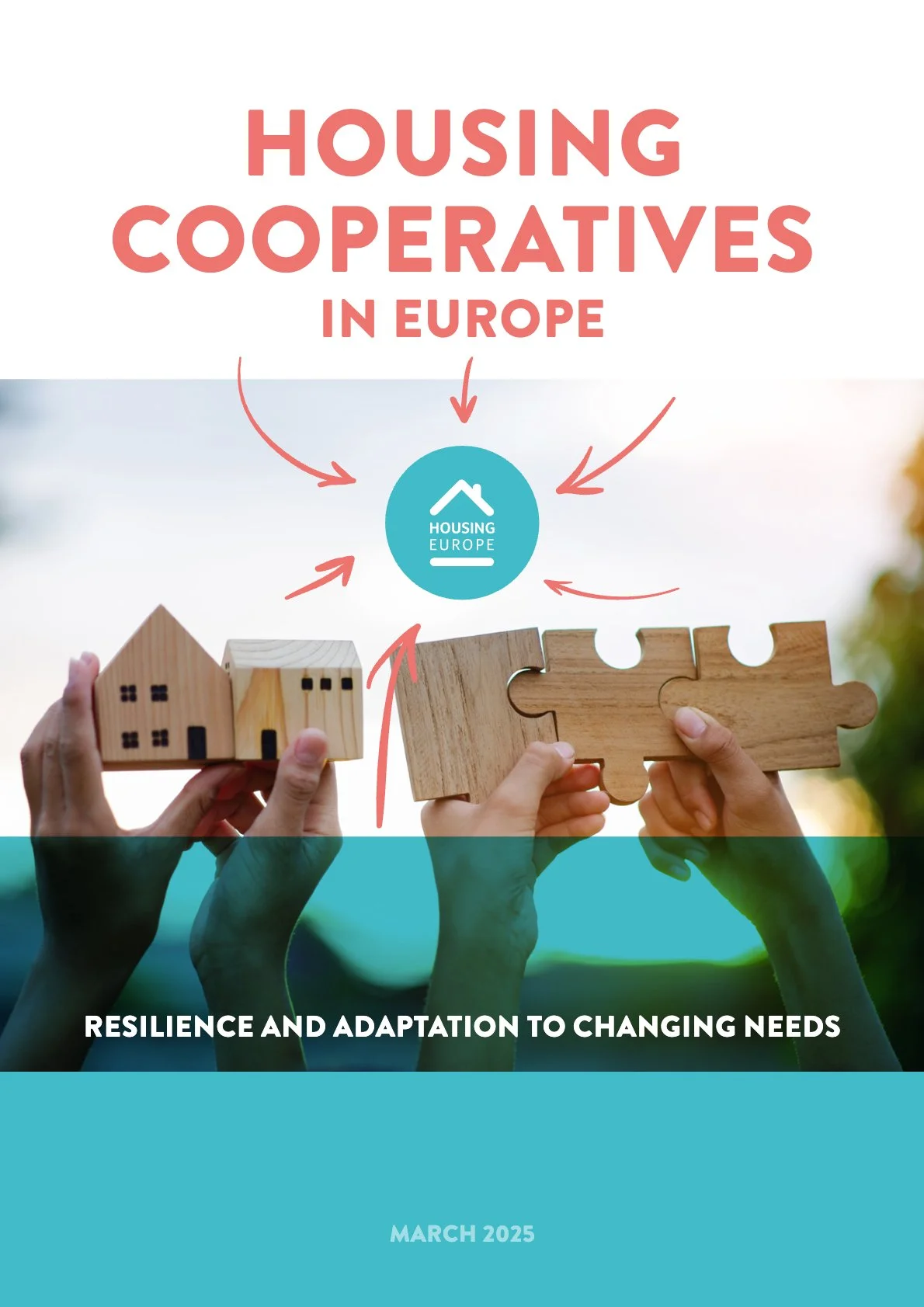🏠Context and Publication
The report titled "Housing Cooperatives in Europe - Resilience and Adaptation to Changing Needs" was published by Housing Europe, a federation representing public, cooperative, and social housing providers across Europe. The authors, Vanesa Valiño and various partners from 12 European countries, aim to present a comprehensive overview of the current state of housing cooperatives, their evolution, and their response to contemporary challenges in housing affordability and sustainability.
🌍The Role of Housing Cooperatives
Housing cooperatives have historically served as vital providers of affordable housing, adhering to democratic principles such as "one person, one vote." They have played a significant role in addressing housing needs, particularly for low and middle-income groups. The report highlights that there are at least 7.9 million cooperative housing units across the EU and EFTA countries, representing an essential component of the housing market.
📈Adaptation to Modern Challenges
In recent years, housing cooperatives have faced numerous challenges, including rising construction costs, increased interest rates, and the need for energy-efficient homes. The report emphasizes that many cooperatives are innovating to meet these challenges by exploring new models of shared ownership, collaborating with local authorities, and establishing community land trusts. For example, in Austria, cooperatives have committed to decarbonizing their housing stock by 2040.
🌱Innovative Practices Across Europe
Different countries exhibit various innovative practices within their cooperative sectors. In Italy, cooperatives manage around 40,000 rental units, while in Spain, the Confederacion de Co-operativas de Viviendas de España (CONCOVI) oversees 191 affiliated cooperatives, constructing over 10,500 units annually. Furthermore, emerging trends like "right of use" cooperatives in Barcelona reflect a shift towards sustainable and community-oriented housing solutions.
💰Financial and Regulatory Hurdles
Despite their strengths, cooperatives are often constrained by rigid loan conditions and insufficient public support. The report identifies the need for coordinated policy interventions at both national and European levels to enhance access to low-interest financing and to recognize the unique characteristics of cooperative housing models. For example, Germany has a significant cooperative housing sector, with over 2.2 million rental units, supported by a well-established legal framework.
🌍Supportive Public Policies
To effectively address the housing crisis, the report calls for targeted public policies that support cooperative housing initiatives. This includes access to long-term financing and mechanisms to aid in the decarbonization and sustainable renovation of existing housing stock. By fostering a supportive environment for cooperatives, Europe can leverage their unique capabilities to provide affordable housing while enhancing community resilience.
🔍Conclusion
Housing cooperatives are increasingly recognized as a crucial element in the quest for sustainable and affordable housing across Europe. By adapting to modern challenges and implementing innovative practices, they can play a significant role in addressing the intersecting issues of housing affordability, climate change, and social isolation. The report underscores the importance of embracing diverse housing models and fostering collaboration among cooperatives to promote sustainable urban development throughout the continent.

